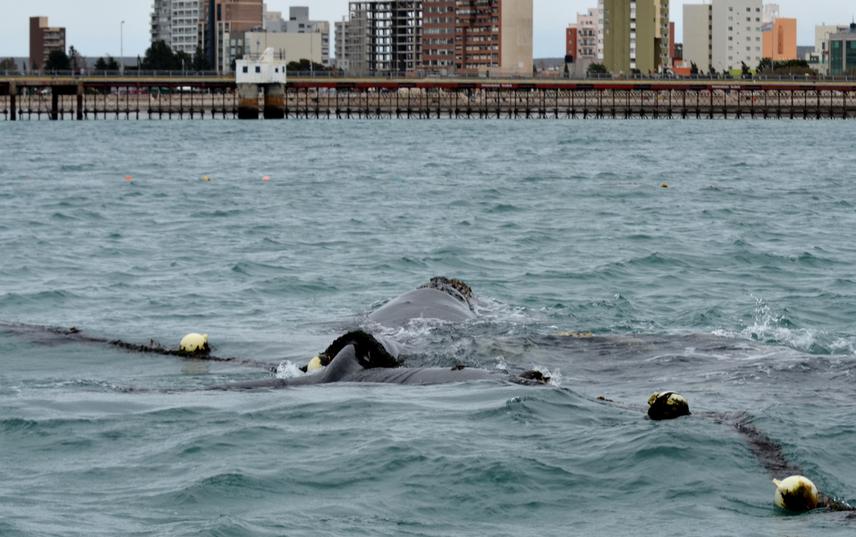María Belén Argüelles
Other projects
7 Jul 2015
Urban Southern Right Whales: Pattern Use of Bahía Nueva and Collision Risk with Ships in a Traffic Maritime Area in Patagonia, Argentina I
Southern right whales shifted from areas with minimum disturbance to those with high levels of human activities close to Puerto Madryn city, increasing the collision risk between whales and ships, especially in Bahía Nueva. This bay is intensively used by whales, which performs dives longer than 20min in an area with depths that range from 80-120 meters, and also used by ships as a route towards the port. The main goal is to create a navigation risk map considering collision with whales as a potential risk to predicting the potential consequences of the human activities on the local whale population.
The main goal in this project is to continue the monitoring of whales and ships in Bahía Nueva, improving the navigation risk map generated in this years. The particular expected outcomes include 1) measuring the effects of navigation on the distribution, abundance and behavior of whales in Golfo Nuevo, 2) to describe movements patterns of diving whales in Golfo Nuevo and 3) to evaluate the impact of whale watching activities.

During whale season, as we have been doing since 2013, line transects will be conducted to determine usage patterns of Bahía Nueva by whales and ships. Whales and ships abundance and distribution will be calculated, whales dive patterns in the route of access to port will be recorded, and the impact of whale watching will be assessed. Line transects will be done along the whale season by using a hexacopter drone, it is estimated to make a census at least one a month in the areas with concentration of whales.
Whales will be tagged with raspiwhale, a new non-invasive device, along the season in Puerto Pirámides and principally between October and December in Bahía Nueva. Raspiwhale is a non-invasive tag used for measuring physiological, behavioural and environmental parameters in whales and is attached to the whales via suction cups that are released from the whale by a programmable electronic system, has operating autonomy, is waterproof, withstands pressure to 100 m deep and fleet what permit it to be recovered and reused. In Puerto Pirámides whales will be tagged along the season and the whale watching will be done on these individuals, allowing assessing the impact of whale watching. The effects of whale watching boats performing manoeuvres prohibited by law and the effects of turning engines on will be estimated trough the measurement of whale’s three-dimensional movements (speed, rotation and pitch).